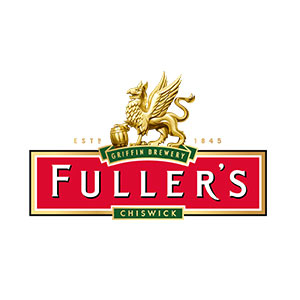A report after last weekend's racing drew attention to a territory where it would surprise most to learn that the richest Jumps race in the world is not the Grand National, nor even one of the prestigious steeplechases in France, whose racing is funded by a state-run tote. Actually, the most valuable Jumps event in the world is in a country barely known for Jump racing - Japan.
Japan, a country with a largely Asia-centric outlook, has never seen hide nor hair of a foxhound pack, has no heritage of the sport, and boasts but a small calendar of jumping at 8 racecourses. And it was none other than the British who brought racing under both codes to Japan in the 1860s, at the peak of the Victorian era.
The Japanese however, were quicker to identify the trading opportunity around betting than their British introducers, and as early as 1906, betting was licensed through the state and racing has continued unabated, with a small interruption in the latter years of World War II. And what a smart move that proved to be. In 2018, ¥307bn was transferred to the Treasury, some of which finds its way back to the sport in breeding research, infrastructure, integrity and of course prize money. As a result, Japanese racing is the envy of the world.
The obstacles are not uniform between events, and there is little difference between so-called hurdles and steeplechases, most being modelled either on a bullfinch or a French-style bank with hedge atop. Races are speedier affairs, reliant upon flat-bred speed rather than stamina. The rider weights reflect this flat-oriented approach too, with horses racing off a minimum weight of 9st7lbs in a Weight for Age penalty structure.
Nevertheless, funded by a state-run tote betting organisation, you can expect to watch your racing from extraordinarily large and well-appointed grandstands, and owners will want for little, with well-endowed prizes that lure runners from Australia and New Zealand on a regular basis, as well as other Northern Hemisphere horses on occasion.
That international competition is critical to Japan’s successful promotion of its bloodstock, but it also helps make up the numbers. With just 500 Jump horses in training to satisfy 27 races each season, they face a similar issue as other racing authorities in sustaining field sizes in Jumping, despite the prevalence of barrow loads of prize money.
Heading up the list of top races is the Nakayama Grand Jump, a 2m6f steeplechase at Nakayama, in the Tokyo suburbs. The ¥1,442,660 prize equates to £1,073,200 in today’s Sterling, making this the world’s most valuable Jumps contest, one of two such prizes of the same value in Japan, both at Nakayama. This year’s winner Oju Chosan, trained by Shoichiro Wada and ridden by Shinichi Ishigami, was winning his fifth consecutive Grand Jump, which must rank him in the top Jumps earning horse of all time. It may also say something about the intensity of competition for this remarkable race.
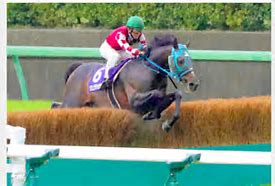
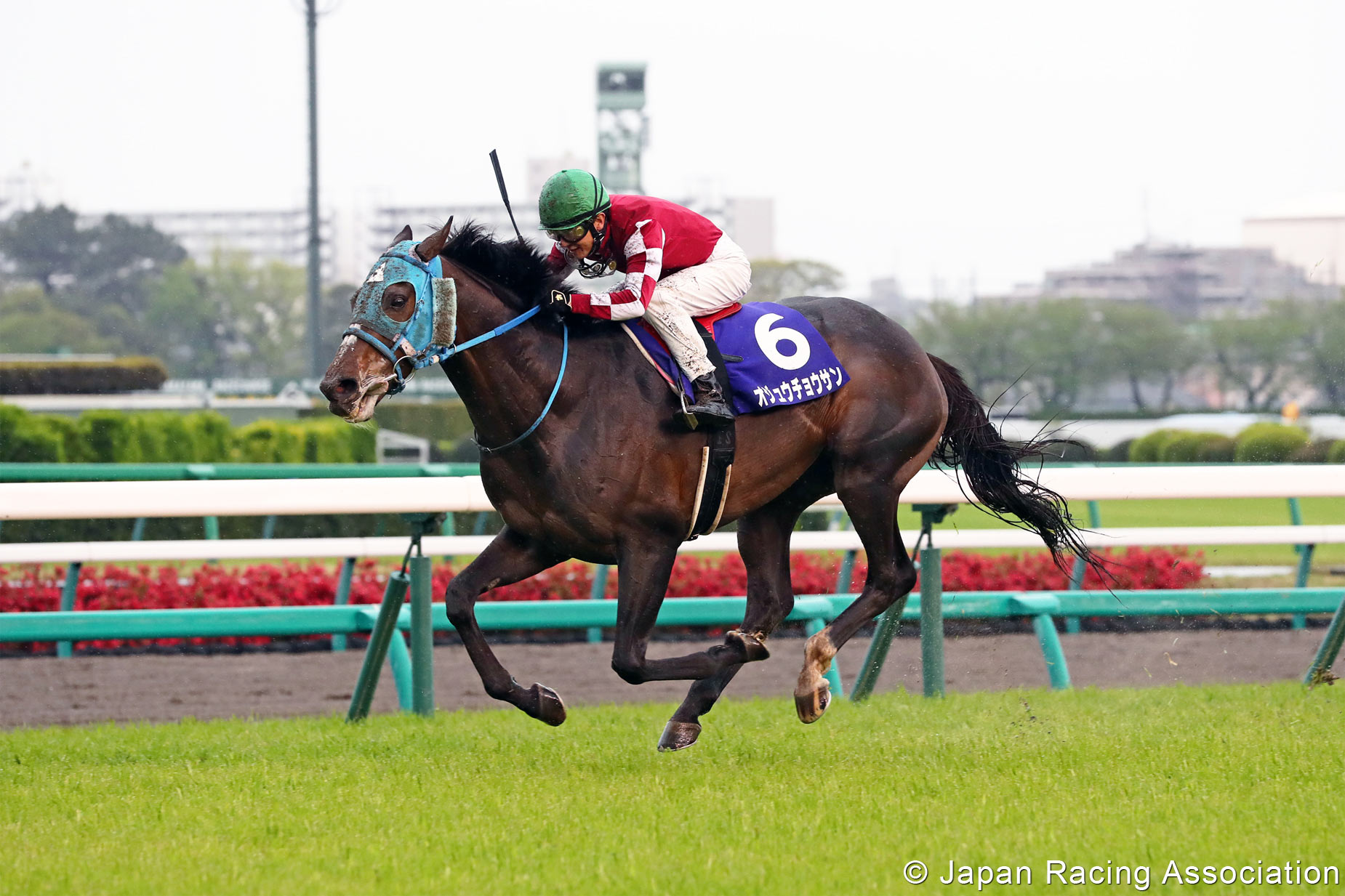
The other big Nakayama race is the Nakayama Daishogai on Boxing Day, for 3 year olds & upward, over 2m 4f, and the third of the major international races the Pegasus in late March.
Jump racing’s habitual globe trotter is Willie Mullins, whose versatility in training under both codes and over any sort of obstacle isn’t limited by several thousand miles travel. Willie is, to date, the only Western trainer to have sent horses to Japan, and Blackstairmountain did the business for him and Rich Ricci in the Nakayama Grand Jump in 2013, winning a ½ length from Rikiai Kurofini, trained locally.
The Japanese excursion was Blackstairmountain’s swansong, and by some distance the most valuable win among his 30 races under Rules. But sadly, he remains the only Western Hemsiphere winner, and indeed, winners from outside Japan are rare; only St Steven for New Zealand trainer John Wheeler in 2002 and three-time Australian winner Kerasi for Eric Musgrove (2005-7) have troubled the judge.
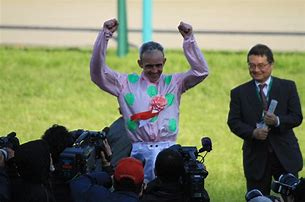
Elsewhere in Japan, Hanshin is probably the best known racecourse for Westerners, not far from Kyoto in Western Japan. Rare among Japanese tracks in having a steep uphill finish, it alternates meetings with Kyoto Racecourse, which stages flat racing only.
The Kokura Summer Jump is the leading Jumps race ay Kokura in industrial KitaKyushu, on the island of Kyushu. The Jumps course is little more than 5 furlongs round, so hardly the type of course for a staying chaser.
Other smaller Jumps races take place at Nigata, Tokyo and Chukyo, but these are only hurdle races.
The training regime in Japan follows an American model, and one that may have to be adopted here in a post-virus world. Two large training centres, designed, built and run by the Japan Racing Association, house 2,000 horses in training, with stabling, training, veterinary, facilities and accommodation for stable staff, at Miho, in Ibaraki Prefecture in eastern Japan, and Ritto, Shiga Prefecture, in the west. Horses entered for races are obliged to lodge at one or other for 10 days before each race (15 days for maidens).
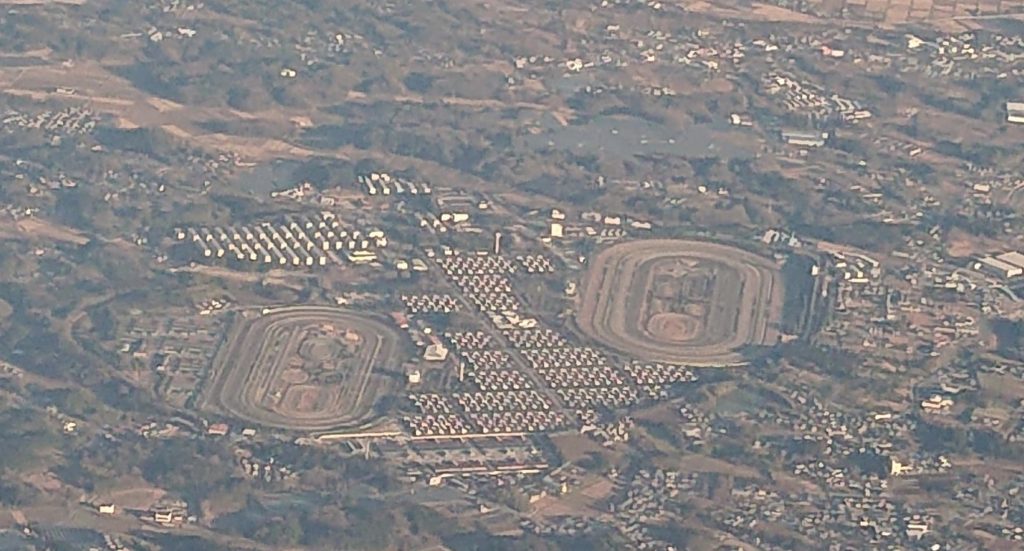
The training of horses in central locations is a widespread practice other than in the UK, and whilst Wolverhampton developed the concept some years ago, it did not develop. It’s an irony that with the exception of Nicky Henderson, a majority of the leading UK and Irish Jumps trainers train from their own premises, with much higher fixed costs.
Sadly, Japanese Jump jockeys are little known outside Japan. The first that British racegoers knew of Japanese Jump racing was way back in 1984 when Cheltenham staged the grandly titled Railfreight International Jump Jockeys Challenge at its April fixture. Featuring riders from Russia, Australia, Japan and closer to home, the opener saw Fulke Walwyn-trained Desert Hero win for diminutive rider Shinobu Hoshino. Communications between trainer and rider were limited, it’s reported, but there was no doubting Hoshino’s joy at booting home a winner at Cheltenham. My memories of the day were that he thought he’d won a race at the preceding month’s Festival, not a modest handicap hurdle worth the same as a modern day Point-to-Point! Such is the reputation of Cheltenham worldwide.
The good news for visitors to racecourses in Japan is that the day offers outstanding value for money. Most cards stage 12 races, and admission to the splendid stands costs no more than ¥200 (£1.50).







